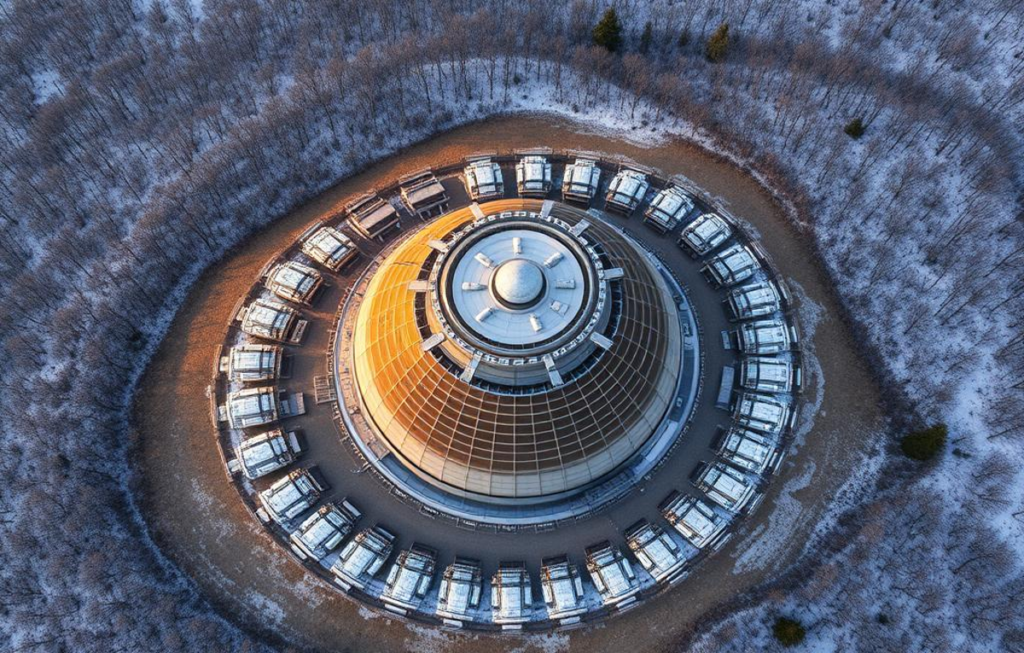The world has been gripped with fear of nuclear war for decades. As of 2024, Russia’s nuclear arsenal remains a major concern. In this post, we’ll explore the top 10 facts about Russian nuclear weapons.
1. Russia has the largest nuclear arsenal in the world
According to the Federation of American Scientists, Russia has approximately 5,977 active nuclear warheads, surpassing the United States’ 5,428 warheads. This significant advantage has raised concerns about Russia’s nuclear capabilities. The sheer scale of Russia’s nuclear arsenal is a major concern for global security, as it creates an unequal balance of power in the world. This has led to increased tensions between Russia and other major world powers, as they seek to counter Russia’s nuclear advantage. Additionally, the development of new nuclear-capable systems, such as hypersonic missiles and advanced ICBMs, has further exacerbated the situation. As the world grapples with the implications of Russia’s nuclear arsenal, it is essential to consider the broader geopolitical context and the potential consequences of a nuclear conflict.
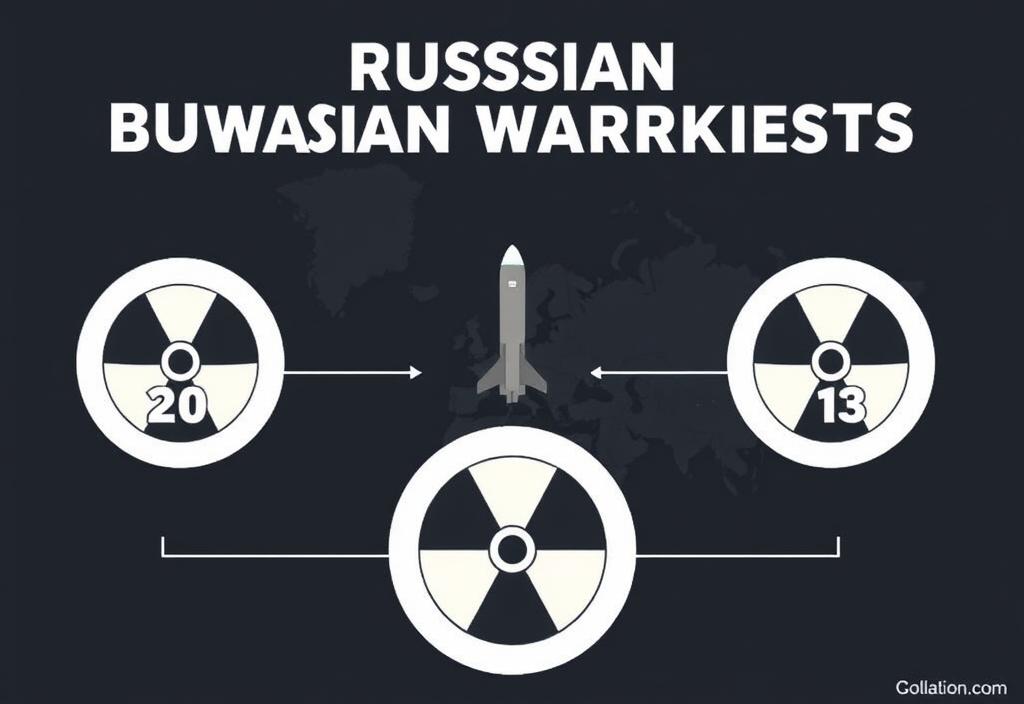
2. Russia’s nuclear modernization program is underway
Russia is investing heavily in modernizing its nuclear arsenal, including the development of new intercontinental ballistic missiles (ICBMs) and submarine-launched ballistic missiles (SLBMs). This modernization program aims to improve Russia’s nuclear deterrence capabilities and ensure the country’s nuclear forces remain effective in the face of emerging threats. The modernization of Russia’s nuclear arsenal is a complex and multifaceted process, involving significant investments in research and development, production, and deployment. As Russia continues to modernize its nuclear forces, it is essential to consider the implications for global security and the potential consequences of a nuclear conflict.
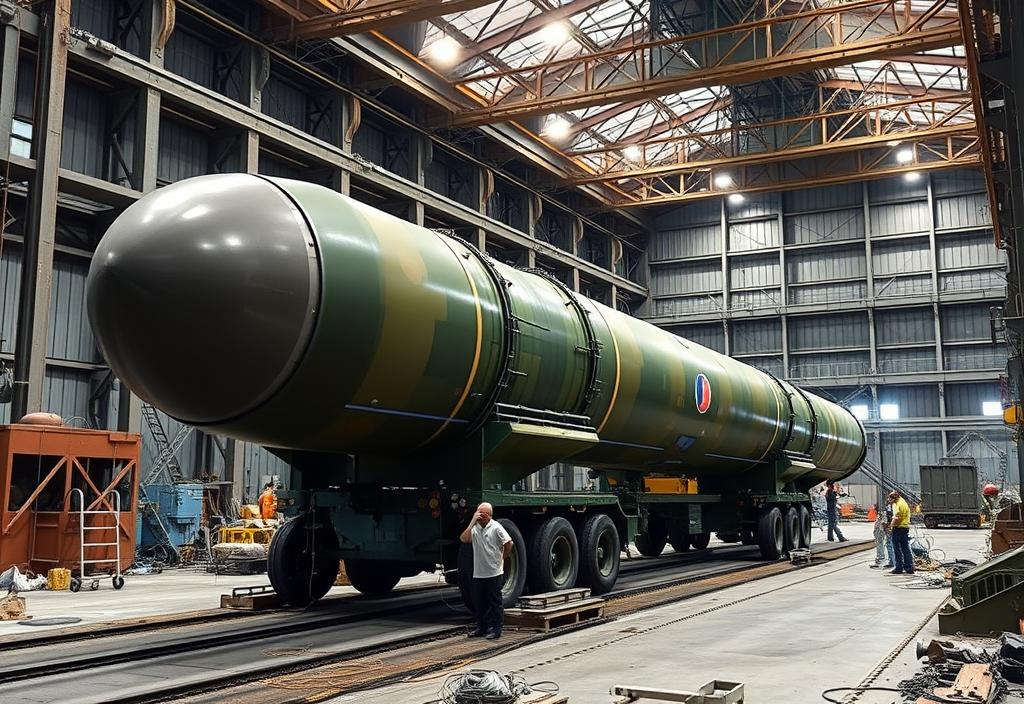
3. The B-53 nuclear bomb is still in service
Despite being developed in the 1960s, the B-53 nuclear bomb remains in service with the Russian military. This bomb has a yield of up to 50 megatons, making it one of the most powerful nuclear bombs in the world. The B-53’s continued service highlights the challenges of nuclear disarmament and the difficulties of verifying the destruction of nuclear weapons. As the world seeks to reduce the threat of nuclear war, it is essential to consider the complexities of nuclear disarmament and the potential consequences of a nuclear conflict.
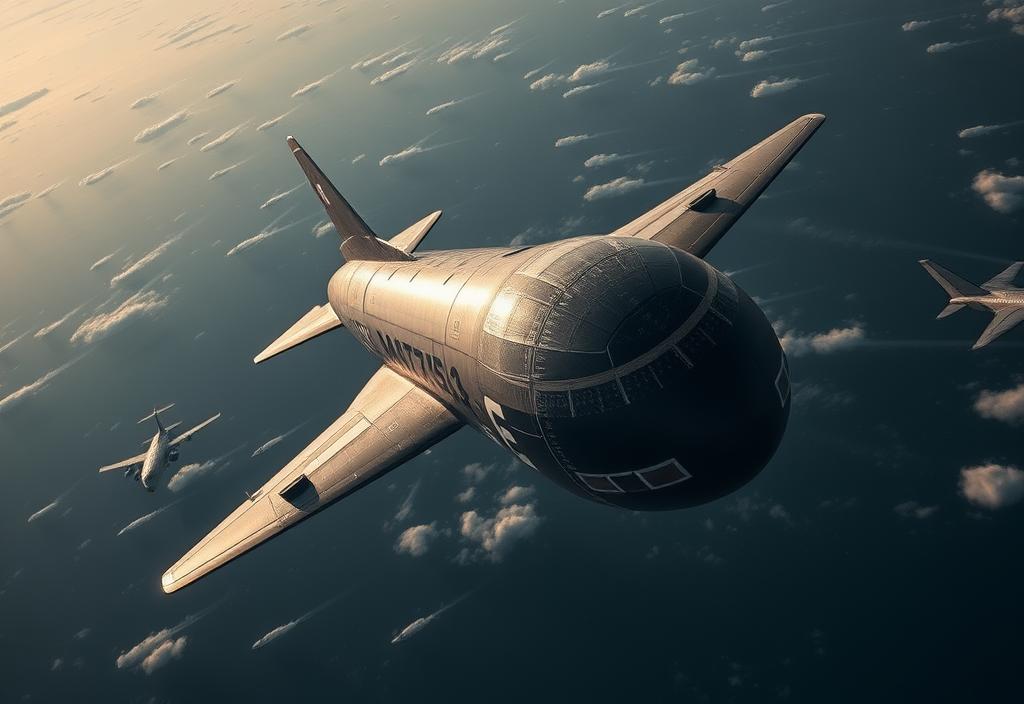
4. Russia has a significant nuclear submarine fleet
Russia’s nuclear submarine fleet is one of the largest in the world, with over 70 submarines equipped with nuclear-tipped missiles. These submarines play a crucial role in Russia’s nuclear deterrence strategy, allowing the country to project power across the globe. The nuclear submarine fleet is a key component of Russia’s nuclear forces, and its continued modernization and expansion are essential to maintaining the country’s nuclear capabilities.
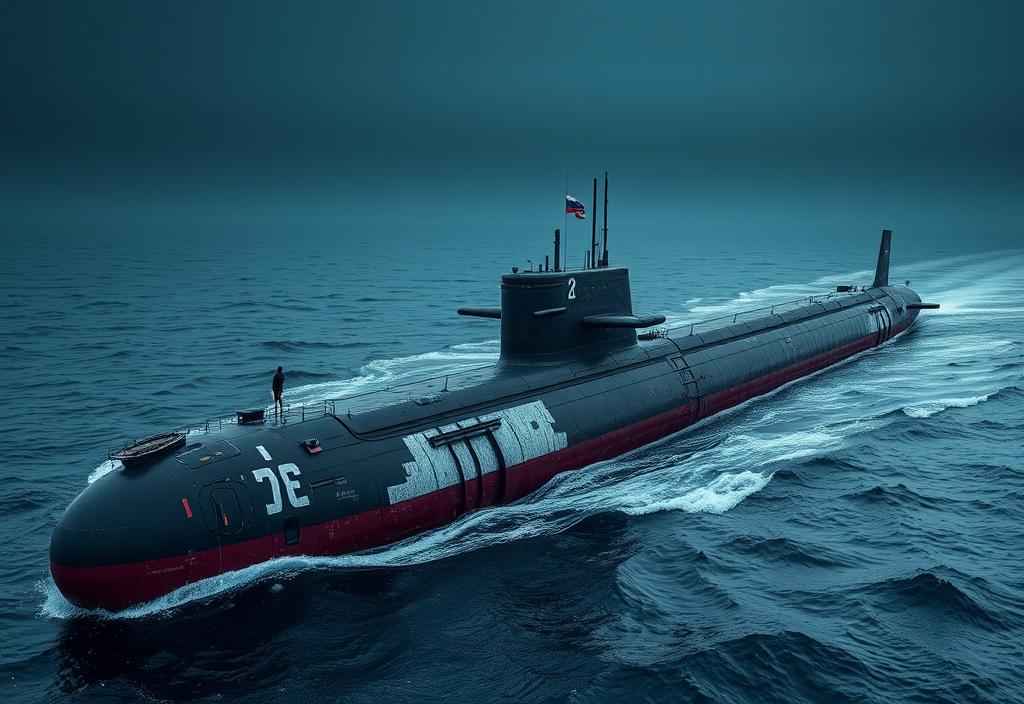
5. The RS-28 Sarmat ICBM is a game-changer
The RS-28 Sarmat ICBM is a new Russian missile designed to evade missile defenses. With a range of over 6,000 miles, this ICBM is a significant upgrade to Russia’s nuclear capabilities. The RS-28 Sarmat’s advanced design and capabilities make it a major concern for global security, as it potentially undermines the effectiveness of missile defense systems. As the world grapples with the implications of the RS-28 Sarmat, it is essential to consider the broader geopolitical context and the potential consequences of a nuclear conflict.
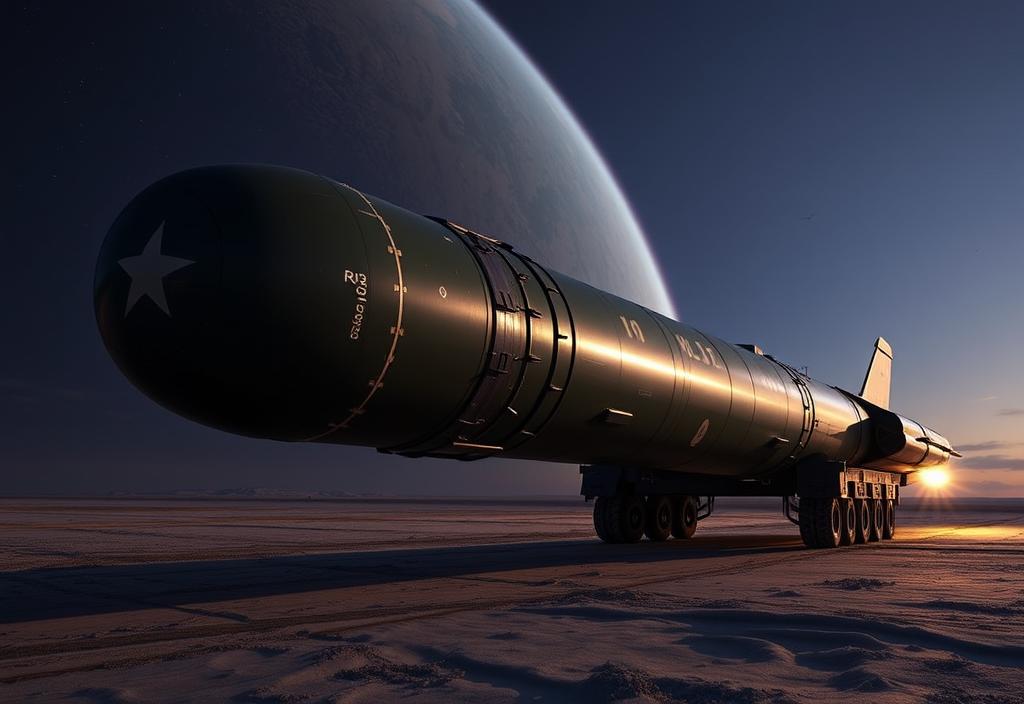
6. Russia’s nuclear doctrine is shifting
Russia’s nuclear doctrine is evolving, with a greater emphasis on the use of nuclear weapons in a conventional conflict. This shift has raised concerns about the potential for nuclear escalation. As the world seeks to reduce the threat of nuclear war, it is essential to consider the complexities of nuclear doctrine and the potential consequences of a nuclear conflict.
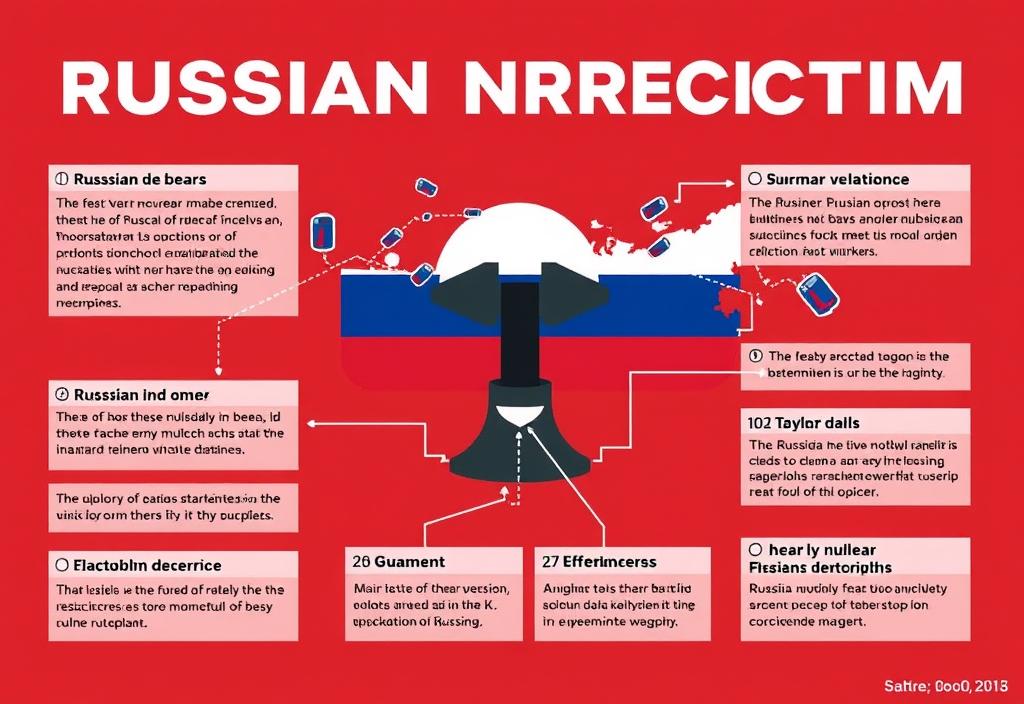
7. The Avangard hypersonic missile is a new threat
The Avangard hypersonic missile is a new Russian weapon capable of reaching speeds of up to Mach 27. This missile is designed to evade missile defenses and deliver a nuclear payload. The Avangard’s advanced design and capabilities make it a major concern for global security, as it potentially undermines the effectiveness of missile defense systems. As the world grapples with the implications of the Avangard, it is essential to consider the broader geopolitical context and the potential consequences of a nuclear conflict.
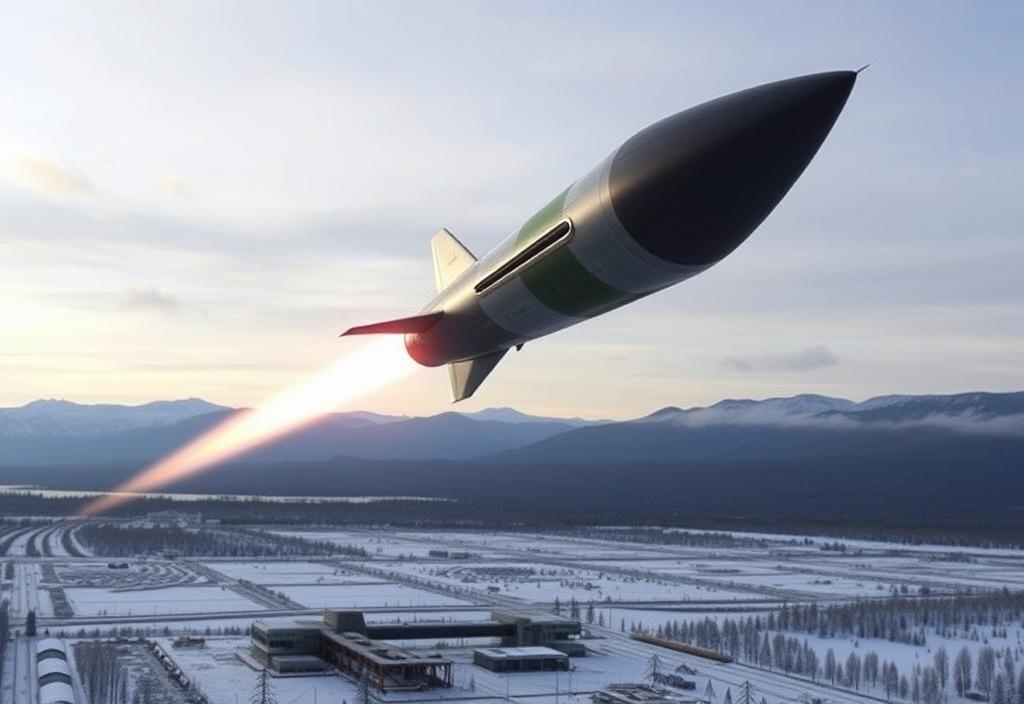
8. Russia’s nuclear testing is on the rise
Russia has been conducting more nuclear tests in recent years, raising concerns about the potential for nuclear proliferation. This increased testing has also raised questions about Russia’s commitment to nuclear disarmament. As the world seeks to reduce the threat of nuclear war, it is essential to consider the complexities of nuclear testing and the potential consequences of a nuclear conflict.
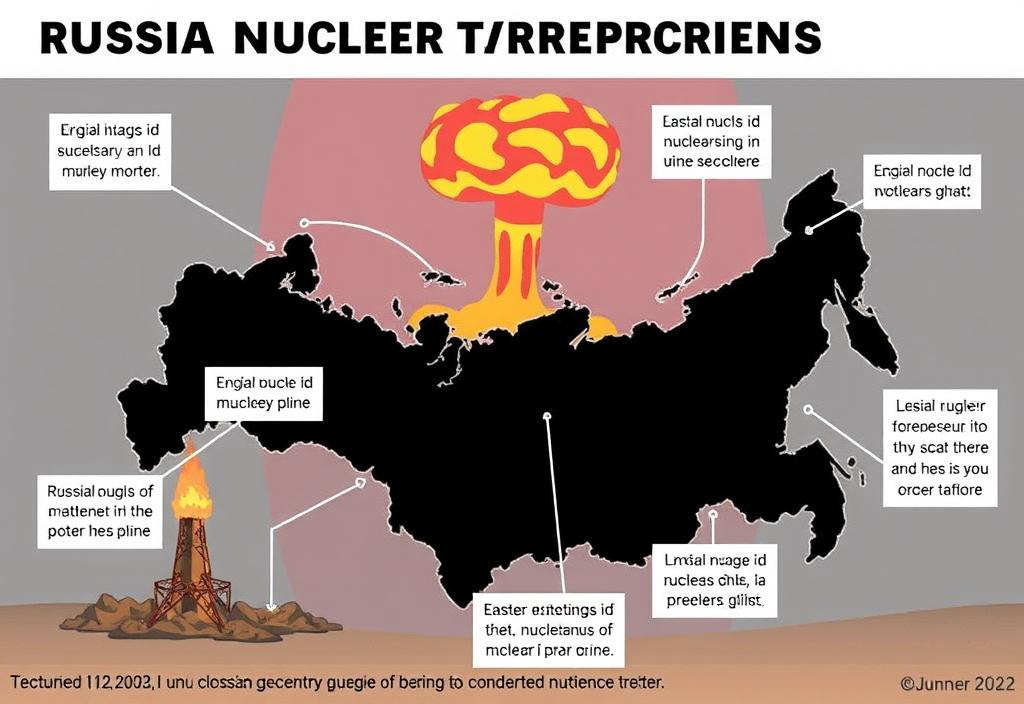
9. The Tu-160M2 bomber is a new nuclear-capable aircraft
The Tu-160M2 bomber is a new Russian aircraft designed to carry nuclear-tipped missiles. This aircraft is a significant upgrade to Russia’s nuclear capabilities. The Tu-160M2’s advanced design and capabilities make it a major concern for global security, as it potentially undermines the effectiveness of air defenses. As the world grapples with the implications of the Tu-160M2, it is essential to consider the broader geopolitical context and the potential consequences of a nuclear conflict.
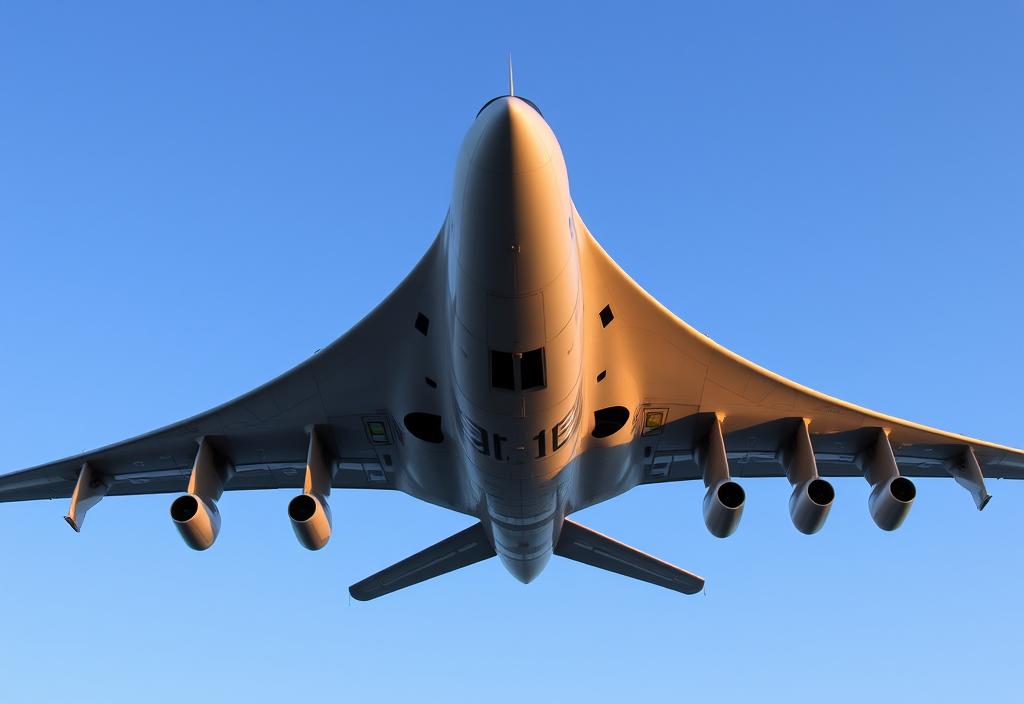
10. Nuclear deterrence is a complex issue
Nuclear deterrence is a complex issue, with multiple factors at play. Russia’s nuclear arsenal is just one aspect of this complex issue, and it’s essential to consider the broader geopolitical context and the potential consequences of a nuclear conflict. As the world seeks to reduce the threat of nuclear war, it is essential to consider the complexities of nuclear deterrence and the potential consequences of a nuclear conflict.
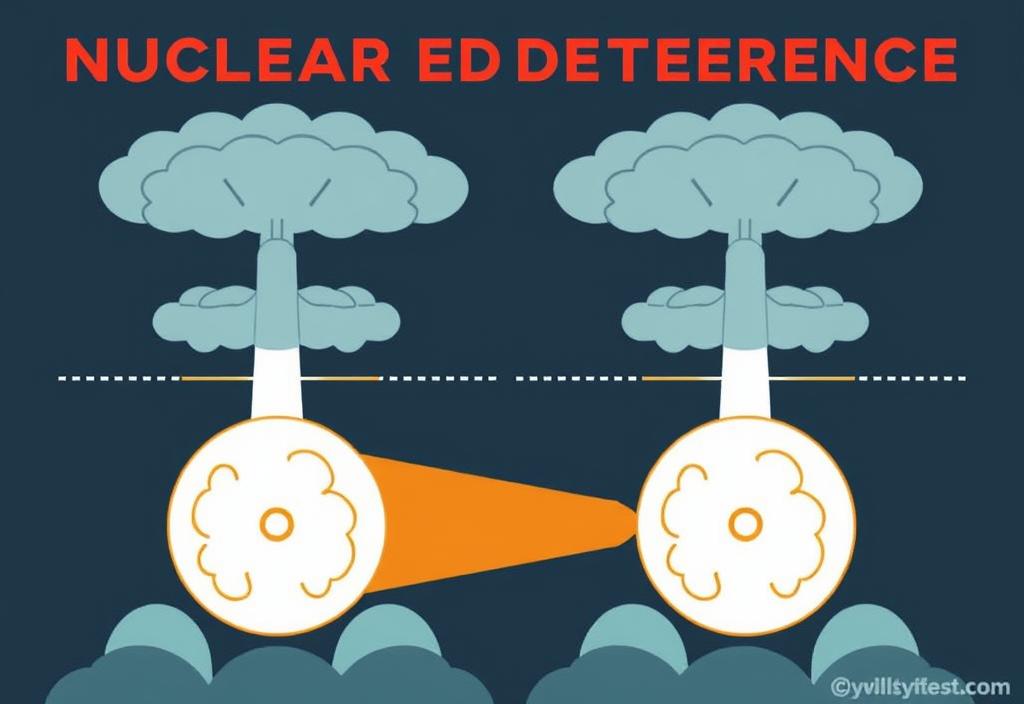
Russia’s nuclear arsenal is a significant concern, with multiple factors at play. From the modernization of nuclear missiles to the development of new nuclear-capable aircraft, Russia’s nuclear capabilities are evolving rapidly. It’s essential to consider the broader geopolitical context and the complex issues surrounding nuclear deterrence.
